|
Choosing the projects I was going to work in I was in utterly loss about what to look in a project so it would tackle all the set of skills that would be part of the portfolio. This was in fact my major set back when I started to work on something After completing my own exercise of animating a rotation of a couple of characters designs I realized on the way several specifics on other roles. As an animator, I had to realize by myself that the construction is essential to keep consistency. As a character designer testing how the design is fit for purpose was a really important practice. What at the beginning seemed like an exercise far away from my principal ambition became key at the moment of working in a more professional pipeline and understanding the roles of my future teammates . Other of my main focuses on choosing the right projects, and what added some pressure at my decision, was the importance on getting relevant experience. My research had led me to know that most positions in studios require experience as storyboard artist of minimum 2 years or equivalent. So getting this experience was one of my challenges. Part of the interviews I did to storyboard artists touched this specific aspect and why experience in several projects is important. Newcomers normally get jobs as revisionists, where they help tying up the storyboard artist’s work with the director final needs. It is a great way to enter the industry because one can see the storyboards from professional artists and listen to the director’s commentary first hand. Storyboard is all about planning, and a storyboard artist needs to keep all the aspects of storytelling in mind in order to deliver. Acting, colour, composition and cuts, all must be clear in the storyboard and come natural to the storyboard artists.
30- 40 minutes speed-painting focusing on studying composition and color. from real life and also famous movies. It is a way of also warming up to start working on other projects with more energy and focus! In a span of a week | came across with 3 different articles about Animation and Animation History. Since the art itself has only a little more than a century of existing it is still really crude and really secretive. In one hand it is art in the pother is an industry that moves money and a message in the era of communication and mass production. And of course, it also depends o n the place in the world it is created (and this has to do with economic and political reasons). Personally, even if I know about animation in Europe, Eastern Asia and North America I am not as familiar with how animation as an art form is produced everywhere. And my mental image goes firstly to the big american studio idea. This is why these articles that reunite different point of views about it and how things like the internet influence the future of the animation industry seems to be an important starting point for this conversation.
The conclusion : While big studios in America can’t allow themselves to have money losses for gathering little public with their productions, the European has a culture of smaller studios with little secrecy, and general lower budgets but also more risky in terms of art and design. And above those also more inspiration, the public of european animation is seen as wider than the American (who still are deeply rooted in animation as only for children). This kind of research also helped me to know where to look at for references on artists I wanted to follow. STORYBOARD ARTIST FIRST STEPS (3 /8) : About the PORTFOLIO of a BEGINNER STORYBOARD ARTIST4/18/2017
Lets go for what sboard artists in big companies do, and how it overlaps in even smaller companies In my attempt to be a hireable and competent storyboard artists with a place in the current animation world I browsed the internet to find websites and online portfolios of storyboard artists that had graduated in the last two years, from around the world. I was mostly interested in people already working in the industry, but I also checked the ones made by graduates of Calarts, Gobelins and Sheridan, renowned schools that most of the big studios have as first choice for new jobs. I also grouped together the portfolios of full freelance artists and a specific category for British animation graduates currently working in the UK. To see so much examples helped me figure out the industry standard, which will work in benefit of my own portfolio and my possibilities to position myself in the industry. I noticed that display order gives a strong sensation of professionalism. Having all the samples organized in a clean, straightforward way allows to appreciate the skills and strengths of the portfolio owner. Also, I saw that social media presence and relevance is essential to keep the network alive and find projects to work on. It is also useful to list the softwares one can work with and to have the CV available on the websites. The other big characteristic of portfolios of professional artists is that, even if their main focus is storyboard, the majority of portfolios display more than storyboard samples: they show character animation and work on design, a lot of them also add comic and illustration samples to show their proficiency in visual expression. Storyboard artist for Dreamworks Animation, Kris Peran, points how his practice as storyboard artist for animation feature films is shaped by his ability to understand the animation process and how storyboarding is about solving problems before they happen in a more developed stage of production. He also mentions that storyboarding is the practice of “communicate with pictures as fast as you think”. (Peran, 2014) In general, portfolios must be memorable, easy and fast to read. Knowing all the requirements and qualifications for being a storyboard artist in the animation industry locally and internationally , I was able to fully understand my ultimate goal : to Develop a Profesional Portfolio. It is stressful to think that the portfolio should show everything you are capable of, without any backup, but if it achieves that, it will be a success. Thinking what you want your portfolio to transmit is key to go somehwere with it
Character Thinking. Animation inbetween done in photoshop of the three first keyframes 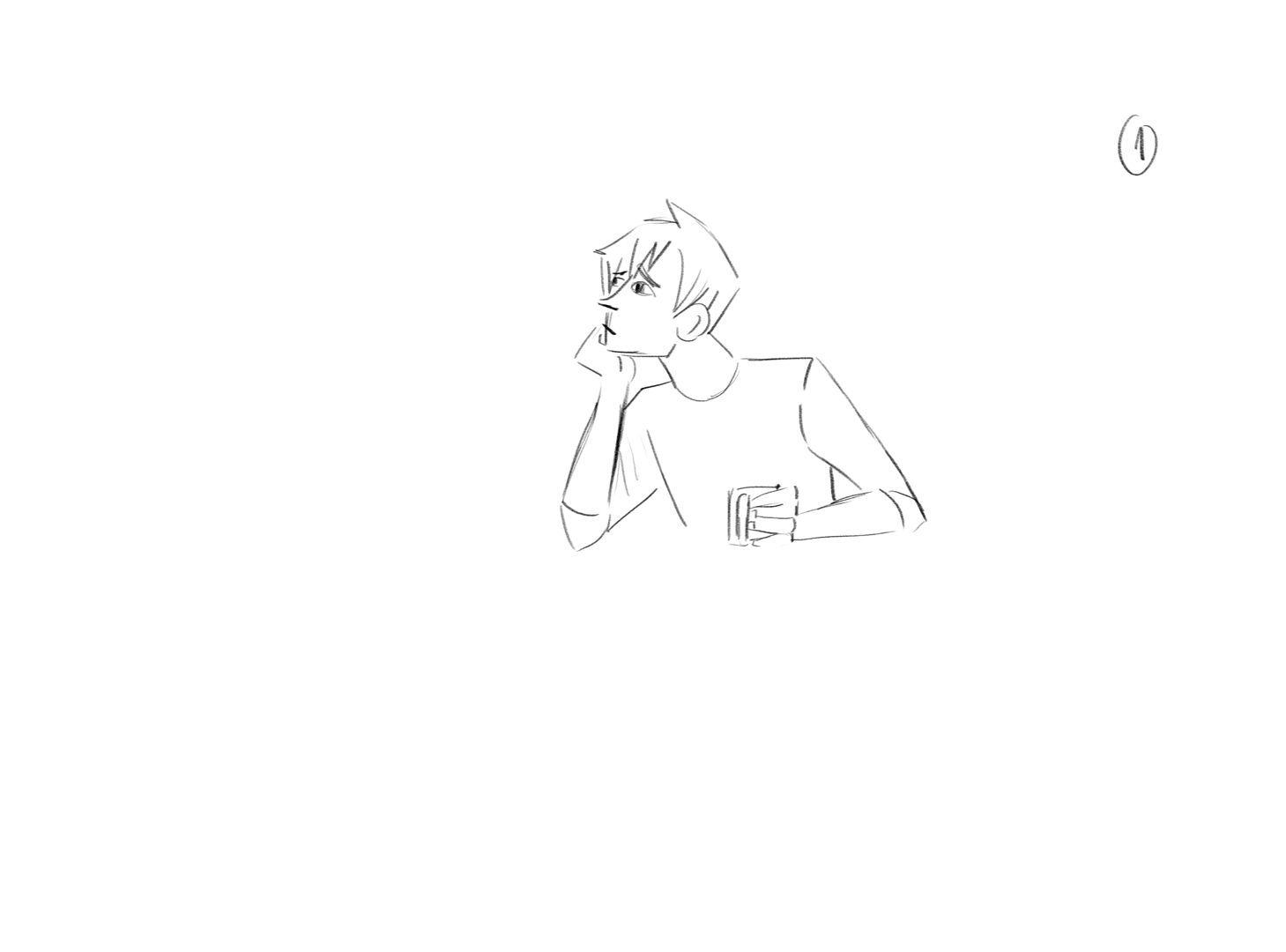 All the keyframes with the timelines.
If something i enjoy of learning in traditional drawn animation is the habit of numbering the frames. (and it also makes timing easier) To be able to develop a career and making the most of the different aspects of the animation course, not every piece is a portfolio piece and not all have the explicit purpose of adding to a checklist. In a career that requires practice and practice, drawing should come second nature and for this reason balancing the heavy projects with learning new skills and practicing was also a priority. This is what I called during the length of the MA as “personal practice” (opposed to professional practice) Another way to learn interconnective skills like storytelling or character design and a software or style, is to have side projects that allowed me to experiment and get to know my own narrative voice and let me make mistakes without much pressure and change to a different approach at the middle of the project if I found it more fitting. Versatility is also a key point in the industry job since it increases the employment rate and a necessity for a job where each project requires different approaches narratively and technically. These same side projects where the ones that more often sparked my own curiosity to start a discussion with professionals, because having more ground on the subject was a big improvement considering the beginning of the MA, when the lack of experience made the talks more superficial with a lack of real purpose. Since every aspect that interest me in the profession is deeply rooted in drawing sometimes this gets forgotten in the perks of editing and learning softwares. Through the pages of An Illustrated Life: Drawing Inspiration From the Private Sketchbooks of Artists (2008), Danny Gregory gathers the experience of people working on several types of visual media, illustrators, animators, comic artists, and painters, about keeping a sketchbook. The most common point is that their principal purpose is to organize and visualize ideas. Some notes in the sketchbooks are life drawing details and some are fast paced situations. And they agree that is often the same material that feeds other part of their professional work, be it personal pieces or commercial. I did my best to keep a productive sketchbook,
When I watch an animated series, the first thing that I ask myself is if it makes sense to it be an animation. Not everything does. And some stories are just animated for no reason. This is one of those series in which the animation is one of the main story components. it would be nearly impossible to make such bold contrasting scenarios, and touch the humor on it so smoothly with scenes full on drama. The design, the scenery, this entire world makes sense visually and is not that easy to achieve. When I was little I didn't liked Samurai Jack. mainly because it was impossible to me to follow the story and even more the way cartoon network transmited the episodes.
Now they have a new season and so far I can tell that it wont be disappointing. This is a series based in composition and strong sense of action. Atmospheric with this glimpses of humor even in darkness treating serious moments as heavy and full of emotion. A series that also has the main character wear heels without being degrading.
This one is in my top 10 series of all time. And I am going to keep studying it for its humor, storytelling, composition and design. .Passing a weight between characters. Even tho I like the subtle things in this one, overall I am not happy with the movement itself. It has too many inconsistencies. But I want to name what Chris calls housekeeping.
For working with two characters it is necessary and make things easier. Having two timings make thing messy, but the moment I know what I am doing I can worry about inbetweening. Also timing the small actions such as the grabby hands or the gentle push of the object to child; has a lot of acting by itself and acting is something I really like to do (that is why i am still stubbornly wanting to be an animator, even tho I am slow animating). There are two main aspects to consider while researching the career prospects of storyboard artists: the storyboard making itself, and the application of the skills in the context of industrial production. looking for professionals currently working in the industry has been very enlightening and useful for my research The main lesson was an obvious one: storyboard artists work in all of the fields of visual media. Adaptability is necessary to work on the field, because the size of the crew, the production needs and the resources vary wildly among short films, tv shows, feature films and advertising for different media. Even if my main goal is to be able to work in a studio based job, I know I must learn about the characteristics of freelance jobs, since they make up for a lot of the offer Knowing the possibilities of an active storyboard artist career is one of my principal goals. Deeper in my research on how to start in the animation industry lead me to ask myself how it works around the world. One of the paths on starting as a storyboard artist is to start on television since often, the position in studios requires less experience than working on feature animated films.
This week task: Lifting a heavy object. I find myself driven to traditional pen a paper, light box and pencil test animation. It makes thinking about the timing, planing the movement more tangible than being able to try it all the time, like it happens in digital animation. Even with the weird snaps in the neck and the nailed knee, I can tell that my guy, this guy is lifting something. Thinking about the movement beforehand was Incredible important. As an illustrator terribly driven to comic for almost a decade, I am used to braking down movements focusing in how it is more logical, and for animation, I plan and plan the keys, maybe that is a good thing now that I am starting. 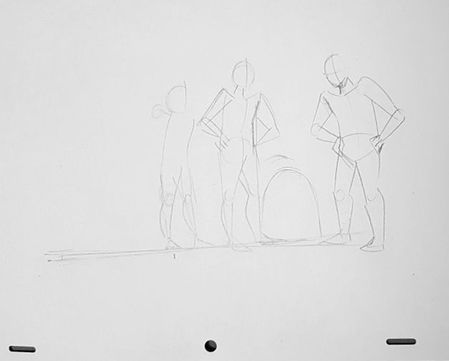 Also getting use to draw the thing you are going to draw seems REALLY useful, mostly if you want to think about movement and no how you were drawing hands or heads or something. First animation exercise: A water balloon rolling down stairs. Or better, a weird slug. That is the definition of failed warm-up. The idea of these exercises are getting us to think about animation, movement by itself. And also to give us the bases of animation in general (be it d@, stop frame...anything). Even if it feels like a failed animation, the means to get there are also important knowledge and with this I wrapped the idea of timing. Roll down weird slug, keep rolling
I took some of the characters of Percy Jackson and the Olympians book (that I recently read) and decided to design them and make animated head rotations to see how the designs and the style would work animated. Also as a practice to get use to TVPaint software setting myself a goal of making two characters a week in any free time I got between university projects. Rough design of the characters from the book: Animation: This can be the first time I've been animating human characters and not faceless puppets for animation practice. I was aiming to improve:
-Working myself around the shapes of characters I designed fir animation made me realize that the construction is essential to keep consistency, even in the details. -Testing how the design is fit for purpose was a really important practice. Having to decide abandon details or solve curly hair. -The face feature I found more difficult to keep in consistency were the eyebrows. Until I realized how the layers worked on TVPaint.. - It started taking me 3 hours getting satisfied(~ish) with the rotation and at the end I could work it in around 1 hour. Organization as key to achieve...anything Working on several different projects at the same time during my MA led me to the first and more important lesson: organization is vital. As I have noticed in my research, storyboard artists (and freelance artists in general) need to be perfectly organized to tackle all the challenges of a production and keep the pipeline flowing, but the concept goes further, since work needs to coexist with independent practice, study and the ordinary life. The ability to multitask is appreciated in this scenario, and it’s something the industry values greatly, but, at the heart of it, what counts is efficient scheduling, skill that I had to learn during the first months of the MA. The time I spent getting to a workflow and learning how to prioritize aspects in a production or in my own projects was worth it, since now I know the way to perform more efficiently without stressing over getting things done. I spent my first weeks understanding how I work, to be able to improve as much as possible in a short time. I kept a record of my work times next to a task list, to check the relation between what I had to do and what I was actually getting done. Currently, my activities are divided in three categories: projects of the MA, skills development and academic research. My schedules are separated by project, each having a different set of requirements and timeframes. Also the general approach to each is different and it requires a specific adjustment in the development pipeline. I personal use minimum 2 Schedules, Personal and Professional Practice Schedule Refers to software training, practice in animation principles, life drawing, colour studies and speed painting. It also includes the MA lectures, industry scoping, readings about animation, composition, storytelling, and interviews with professional artists 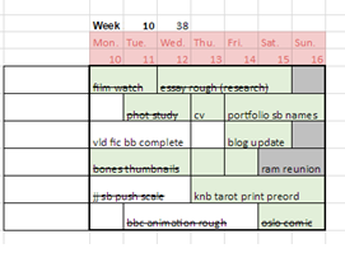
Finding a way in in which I complete my goals was more efficient every week and that is how I developed this “weekly goal” schedule.
In this way I can see quickly the specific thing I am working on a week and determine their priority. It also help me to see if I am overloading by having too many or too little tasks. It is a personal way to maintaining each project running without feeling overwhelmed by it and that has been helping my practice since I started making it every week. Tips: - Work smarter not harder, meaning that there are several resources online for scheduling from the web, from your phone...even from excel. - Some use and only use the classic pen and paper on a notebook. But working on several projects even more if they are collective projects using online ways of planing is a probably a smart option, in my opinion, - Excel is a perfect tool, only by the fact you can use tables that are already there, and that Drive from Google and Microsoft and probably more services have their version, that can be updates online. By this moment I am fairly used to organizing important data in my online schedule, since I can adjust it and , overall, be more professional about important data. And Remember
Following a schedule also implies knowing when it requires certain flexibility to respond to the different problems that each project may have during their production. I’ve always knew I was interested in narration through images, being this the center of my practice for many years. This is why my research into the animation world started from knowing what role in the immense pipeline intersection my innate interest in drawing belonged to. My final decision of becoming a storyboard artist for animation came after a long process of first, to understand how things actually work in the animation industry; second, to explore the scope that the different positions in an animation crew have, so I could see in which one I could really feel satisfied; and third, to identify the type of projects I would like to be part of. But it is, as alway,s a decisions that should be made alongside practice considering that in a creative career is not only important to know the aspects of the work but also to have the experience of doing it. My initial research led me to find information first hand, communicating with storyboard artist from around the world via email, about what is to be a storyboard artist in the industry. WIthout leaving aside other tools like books such as Levy, D.B. (2006) Your Career in Animation, and even more online resources like Creative Skillset (2016) Animation Job Roles (animation) and the pages of the same animation companies, they usually have no secrets about what they aspire to get from someone applying to any of the different roles in their studios. After coming through with my initial research on how the animation industry works ,my idea of storyboard changed and I started to perceive the possibility of a professional development in this area. For being a storyboard artist in animation, generating clear images for the rest of the team to work from is a priority. For this reason, as Richard Williams says in his book The animator’s survival kit (Williams 2001, p. 23) “Drawing should become second nature, so that the animator can concentrate on the actual actions and the timing of them and give the performance life”.
Reference: I took video reference for makings believable limp and not make it look like an animation mistake, that can happen quite often with limps) Video reference -> making the walk cycle a Loop -> add details I made a quick sketch of any variation I could think for a corpse. Main Selection: I choose the designs that where closer to what I was looking and more appealing. I like the idea of this magic - spirit light inhabiting a corpse For Animation: testing the pipeline Thinking about the animation, how I had a deadline to submit it and that I could only work in photoshop I tested for a way to color while saving the major part of inconsistencies and to make no background. Animation Clean up: It is a long process, but the best way is to go by steps in all frames While doing it, I keep checking how is it looking without any background and also correcting things I find looking weird from the previous steps. (I think it could be more efficient with some adjusts from the beginning) Screenshot of how I animate in photoshop. The Key is having the correct actions in the keyboard and a lot of patience for keeping the layers organize The Mask of the Necromancer The mask is an artifact used to revive a corpse moving it by its bone; the mask generates and artificial breath of life that inhabits the corpse until it falls apart or the mask is taken away. Details: Getting started with storyboards is not exactly easy, since there is not just one way to do storyboards. They are made for the production you are in and they all change with the type of production. That is why this is a great book to get into the technicality of storyboarding. Bold, incredibly graphic with illustrated examples and to the point. This is part of the content list:
Personal Highlights.
TVPaint practice with walk cycles. Getting used to new programs. TVPaint is really versatile but sometimes it makes it really difficult. So it is better to make repetitions. Same story with walk cycles, and using some reference for them. 25 fps in ones These are in two's Now with some performance from Jim and Bee. (father and daughter).
Big changes in the Pokemon animated series in the new season and I again, was kind of divided between if it is good or if they are going for a more careless approach since with this series sometimes money overwrites anything else. I am a big fan of the anime and I've been watching it for years, so I am pretty familiar on how pokemon has changed. For me it has been 14 years of watching the anime. The last season was an incredible surprise, some episodes being so well crafted that you could see the long production they went through. And even if they repeat animation, they also did fantastic thing that I never saw before. With pokemon everything is difficult because one of the main reasons the series is still going is because it drains money of the fans. Money everywhere, game merchandising series special tv shows. For me it is a real transmedia series and somehow it does NOT make less of each opportunity even when more conservative people start arguing of the ruin of the series just for some new deign or because it is aimed for preteens and the characters reflect that. I was asking myself this the other day, part of me enjoys the more personality in one of my all times faves: pikachu. But i also was concerned about the entire idea of they just changing for the sake of change. Now that I know it is about 3D - 2D animation software upgrades and their real way to try to use this /in a series that each season has over 30 episodes/ it is amazing to know they are still going up and up. "Try everything new. Once again, the other option is the worst option." UPDATE: I watched the first 7 episodes in one go. Lecture and Seminar to generate Ideas and the backbone of classic storytelling. PROCESS FOR BRAINSTORMING
There is no such thing as an useless commentary or idea while brainstorming. Looking for a concept that is VISUAL - SIMPLE - EMOTIONAL BONUS: Launch of the Collaborative project between UWE and The Royal Academy of Music.
Abstract Animation Site Specific Installation Art This is the best use for my last experience and add it to animation projects "cats make you want to stay in" : my past installation art + animationproject 3 weeks project to make an hybrid 1 minute animation short between 3 people. It must include DEATH PRE PRODUCTION
I did it. At some point in my life all the stars aligned for me to go to the Warner Studios in London to see the Harry Potter Tour. And it was so incredible magical!! I am telling it not only as a life long fan of the wizarding world, but as an artist that want to spend her life working in the preproduction area of films and series and what not. It is so endearing and amazing to be able to see all the behind stage work of a big franchise and all the world building in every single detail and showing that no desicion is made randomly. Details that in the movie that may never make the screen and yet were there for the story to become real. Nothing is equal to enjoy the maquet and the maquet of the maquet and the maquet of the maquet of the maquet. And yes, there are such as many maquets as that. When you see it all together you get a feeling of the decissions made by several different artists: what is this world like to the people who make it happen visually. The idea of having it all displayed for generations and long time fans to see it is fantastic in itself. I want to name the next one, having the sketch with a little explanation and in front, the entire set. You can look at them both and admire them not only for the memories and the good times and making dreams true, but also as a marvelous piece of craftmanship and intense imaginative thinking. Special Mention: the Graphic Design of the wizarding world. When you see it all it leaves a feeling of a specific time. Of a specific society, and also the influence of different artstyles from the early 20th century (perfect for a really slow and steady society that is also dragged in the modern world of muggle inventions, in my opinion) I would go back any time, there is so much to look at, the people working in the tour make the experience really amazing and worthy.
AUDIO SYNC AND FRAME BY FRAME ANIMATION Flash Intro CUT OUT TWEENING Flash fills frames and using a path in flash for animation
AFTER EFFECTS PIPELINE Composing, animating (animating with nods) and exporting.
TV PAINT INTRO AND ACTING EXSERCISE TV paint as a digital software developed for traditional animators KUBO AND THE TWO STRINGS
USA 2016 Director: Travis Knight Kubo and the Two Strings is the last stop motion feature film from LAIKA is set in feudal Japan and follows the story of Kubo a young boy who takes care of his mentally ill mother and raise money telling stories in a near village inspired by the adventures of his father, a disappeared samurai. Laika Entertainment, with four feature films, has become in the last years one of the most renowned animation studios. Bringing together the traditional technique of stop-motion supported by CGI animation and unique style whit original stories, make of their films an alternative to the 3D aesthetic imposed by the big studios such as Pixar or Dreamworks. The narrative and strong aesthetical decisions make by the studio in their productions has now become their brand image. Kubo is the first film directed by Travis Knight, president of Laika Entertainment and producer of their previous feature films: Coraline, ParaNorman and The Boxtrolls, all of them nominated to the Academy Award for best animated feature. This time, director Knight introduce us to the plot with naturalness and touches themes such as the effect of death, and significance of memory and legacy in an intense story about love and courage. Kubo (voiced by Art Parkinson) is a young boy and a storyteller. He knows that his father was a brave samurai that died fighting against evil and his mother was able to rescue him from his own grandfather, the Moon King (voiced by Ralph Fiennes), who is a sadistic spirit who took the boy's eye as a new born in the hopes of blinding him. In her moments of lucidity her mother raised Kubo among myths about heroes and monsters, transmitting on his son the passion for telling stories. Also, she was the one that gave him magic. Kubo, as his mother, is capable of bringing to life paper and creating intricate origami figures with his shamisen, a three string traditional Japanese musical instrument. But these myths are more than that, and upon knowing Kubo’s location, two powerful witches and supporters of the Moon King starts following him, and now he must run away and find an ancient magic armour if he is to defeat his grandfather. Kubo embarks in this adventure finding himself away from the comforts of his childhood aided by a monkey (voiced by Cherlize Therion) and a cursed half warrior, half beetle (voiced by Matthew McConaughey) as his allies, and armed whit his magic shimasen and the knowledge of the old stories her mother told him growing up. Packed with stunning scenery, this story also counts with one of Laika’s most important characteristics in his feature films: not shying away from the strange and slightly disturbing. The eccentricity and oneiric plays in Kubo’s favour allowing balancing suspense and dream logic with humour and sensitivity with one of the recurring themes in now days animated films such as Tomm Moore’s Song of the Sea, overcoming loss and fear trough storytelling and how it helps to preserve our memories and hopes for the future. And it is one of the most central pillars of Kubo, it is about being connected to the past trough storytelling and how it strengthens our view of the world. The need to hold into stories we know and how they transform our perspective and, at some point, being so fundamental they become part of ourselves and help us reflect in the world we know as much as broaden it. The power that Kubo imposes in his stories is the same power that storytelling has to make a change and influence the future and that knowing those tales is game-changer is a powerful realization. One of the most prominently aspects of Laika is that they use a mixed media in their stop motion producing techniques; they have, since the making of Coraline, continually use the most recent technologies like 3D printing even managing through the years to collaborate with 3D printing companies to develop new software for the puppet and set making process. Also the study pushes stop motion animation to another edges in its production, to bring their stories to life managing to touch and intertwine the delicately hand-crafted settings with CGI. Resulting in the tactile physicality of the stop motion whit intricate and high passed action scenes and visual effects to reach the high stylized look of the film. |
Archives
January 2023
INSTAGRAM (@linipik)
|
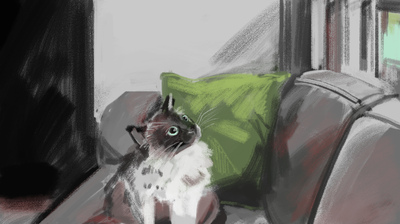
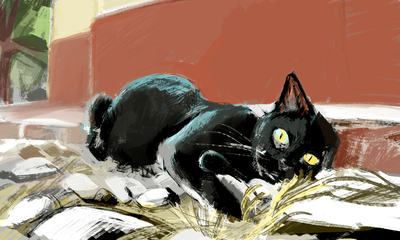
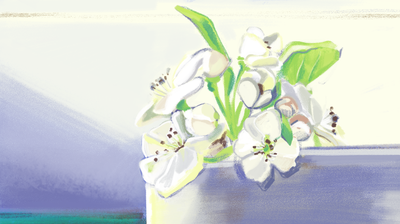
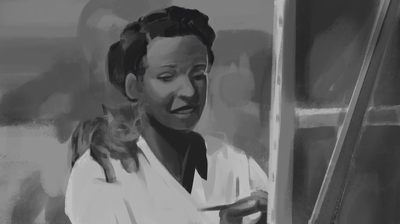
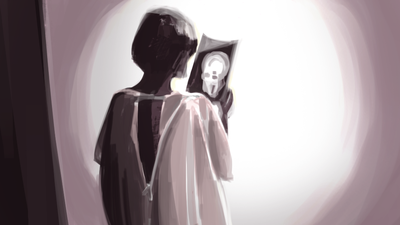
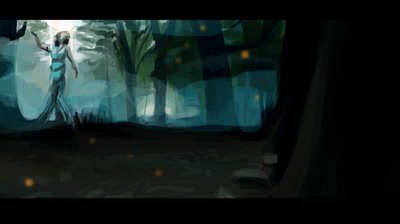
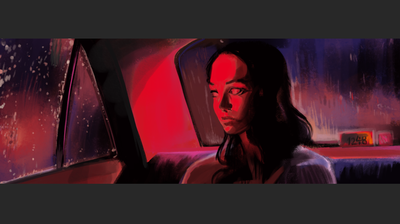
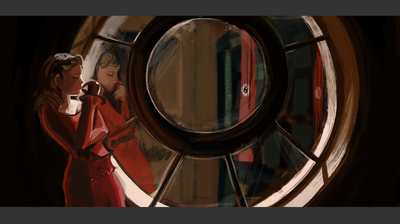
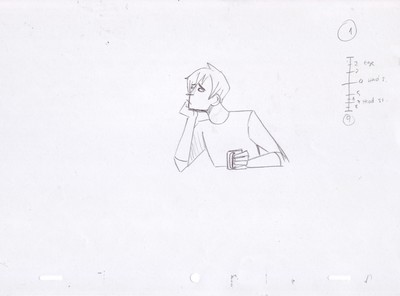
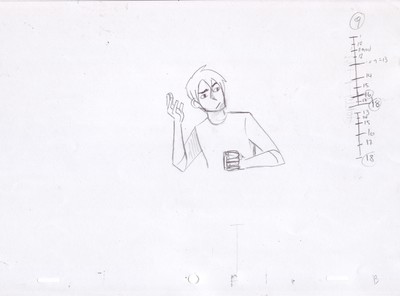
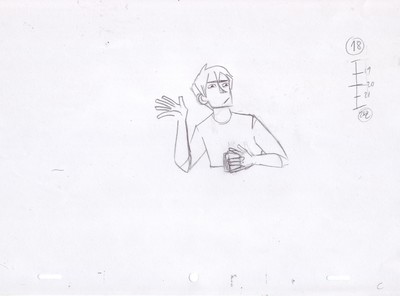
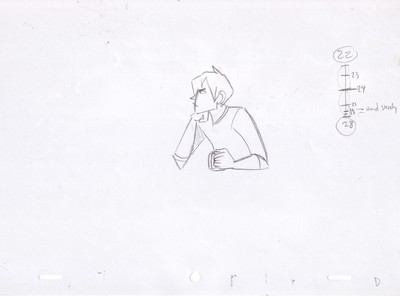
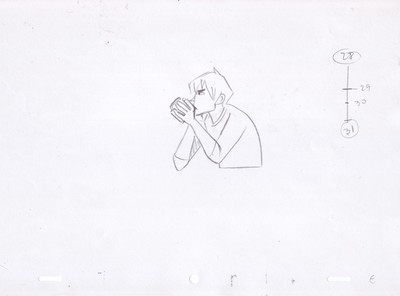
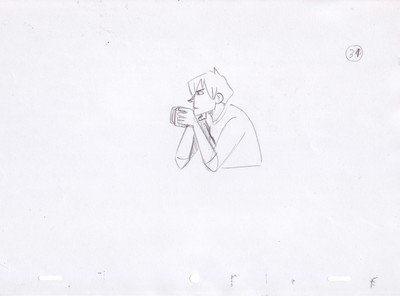
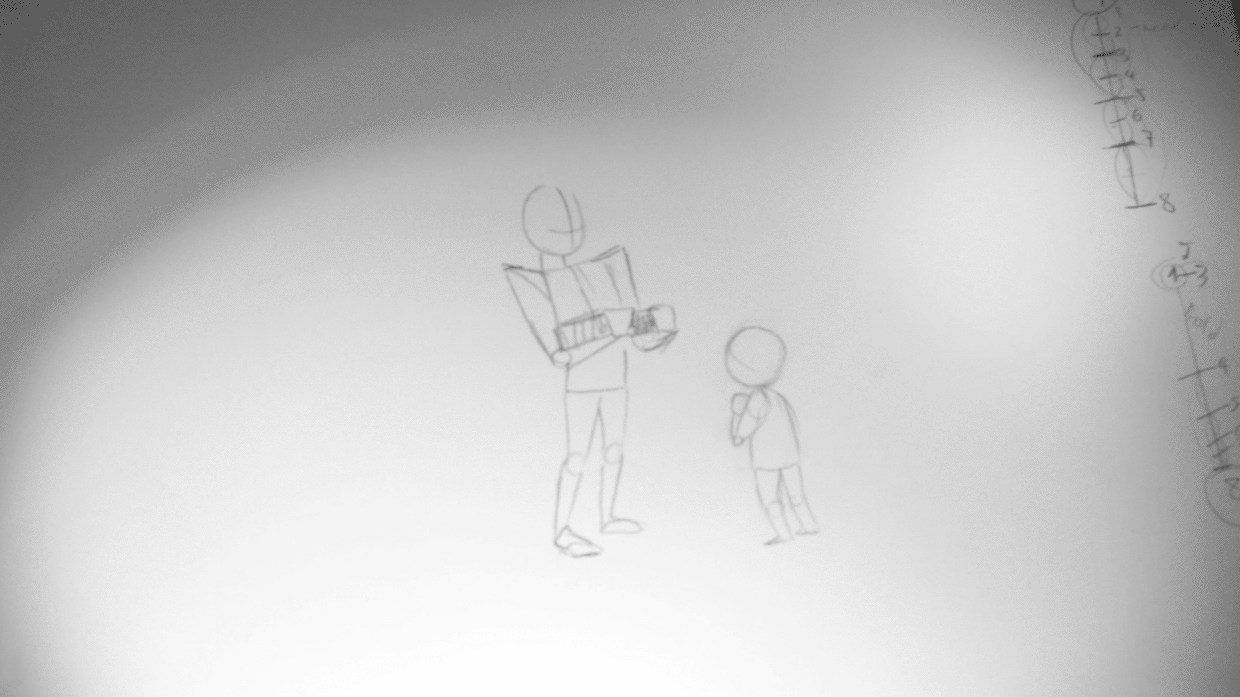

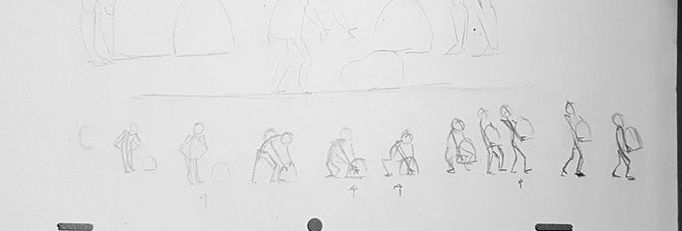

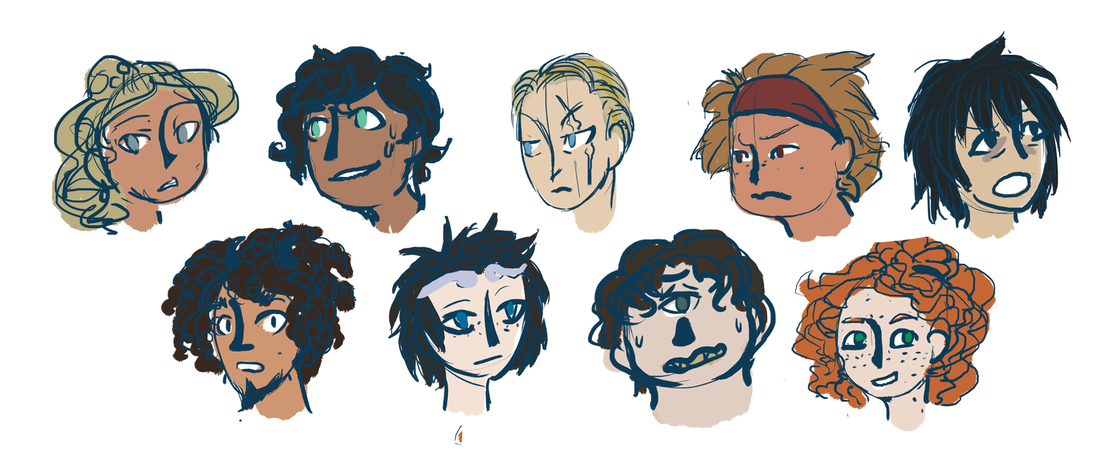
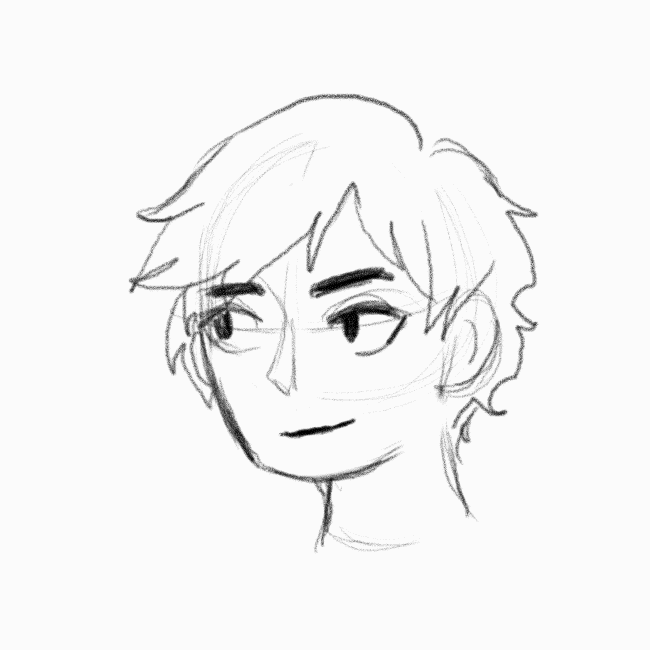
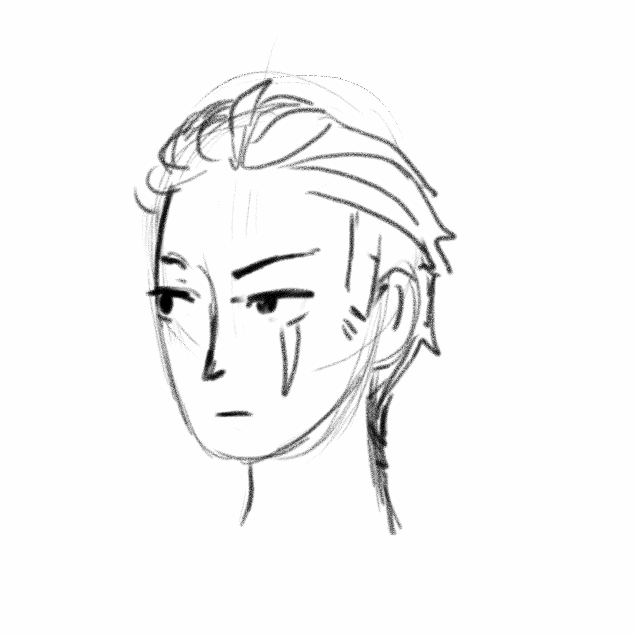
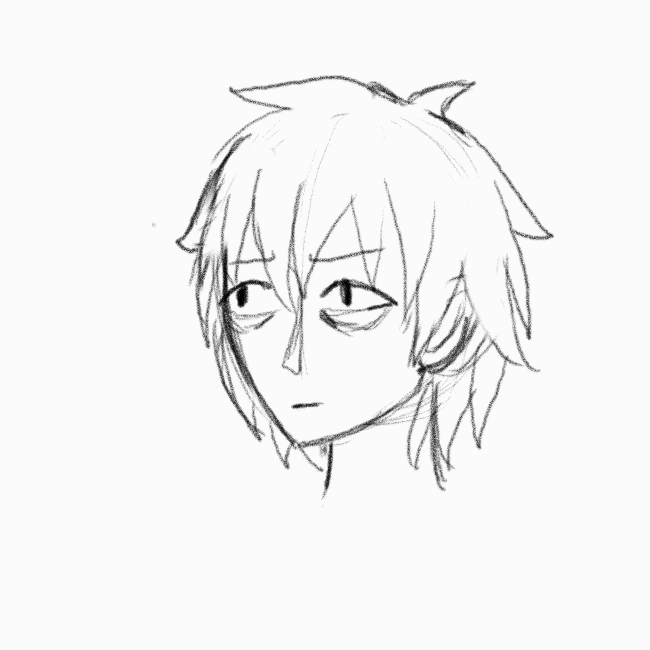
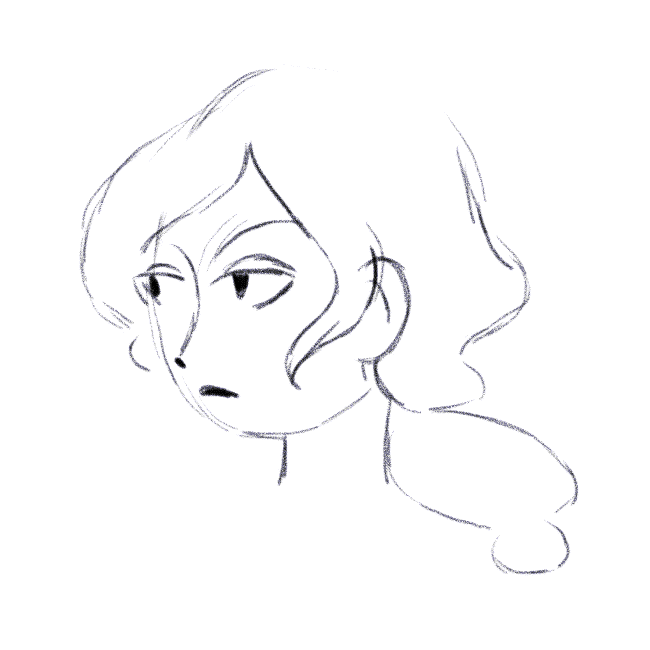
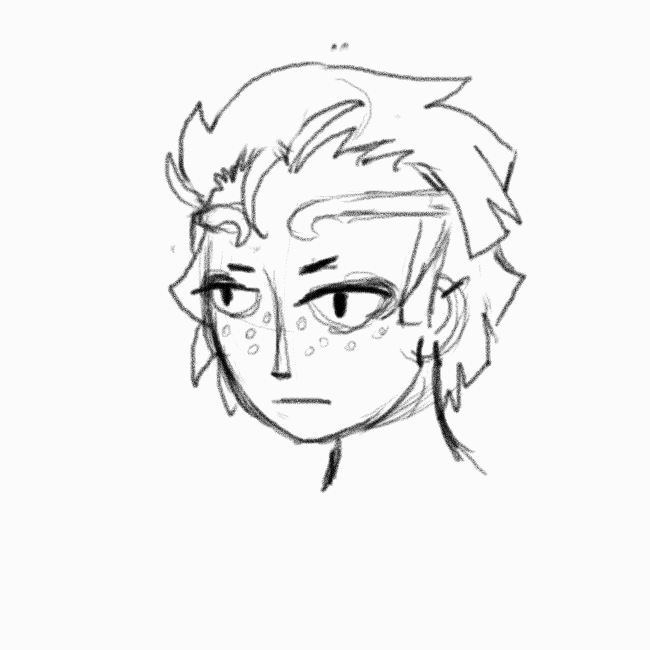
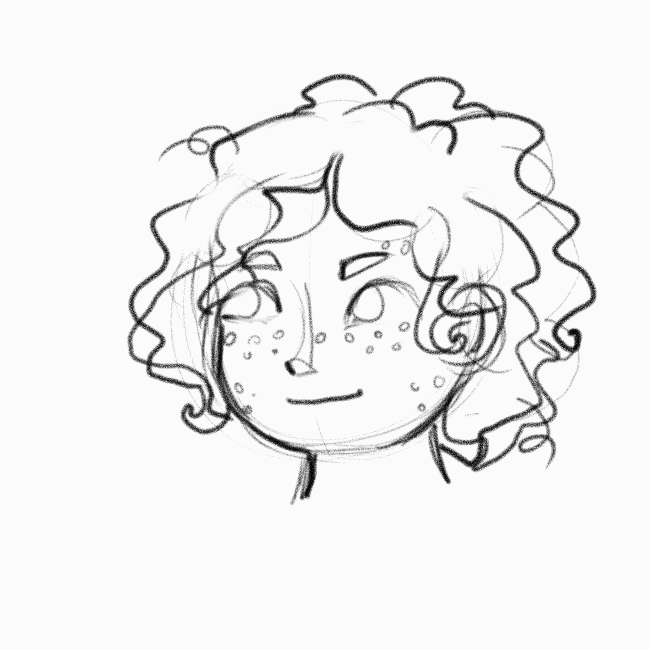
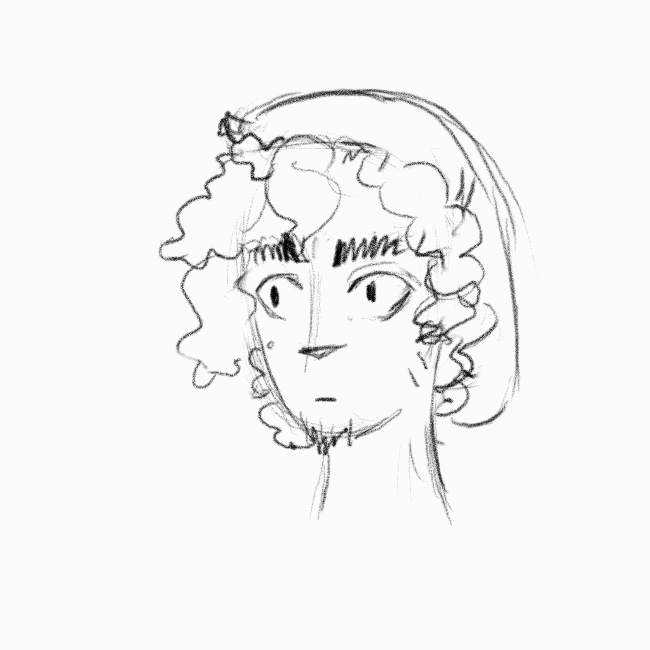
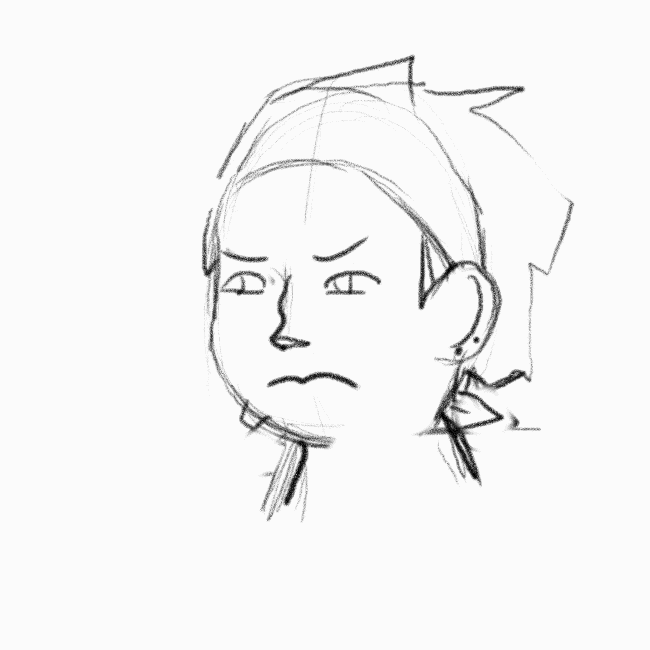
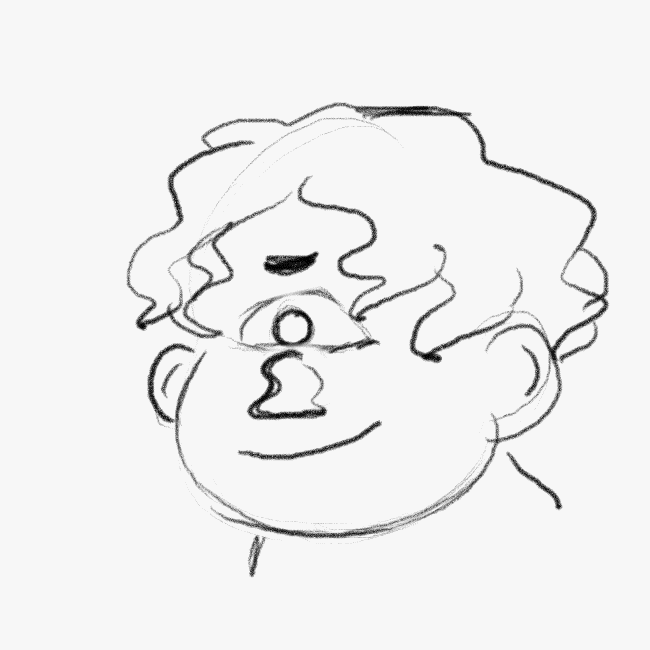
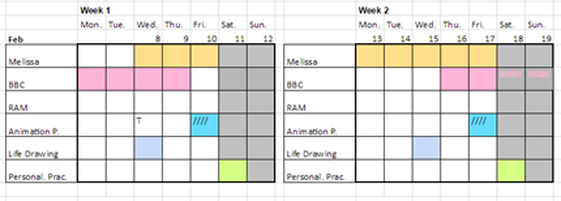
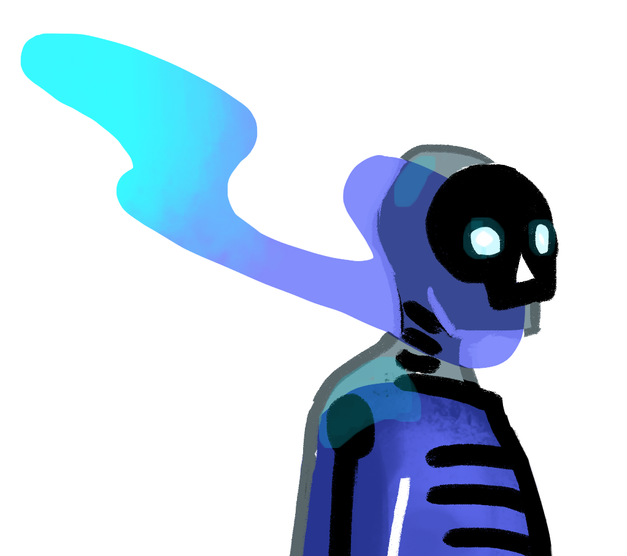

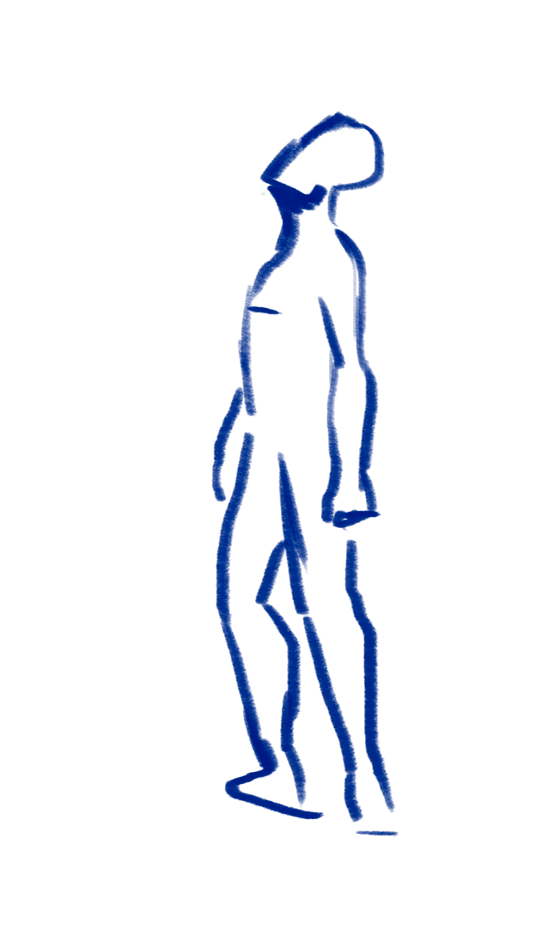
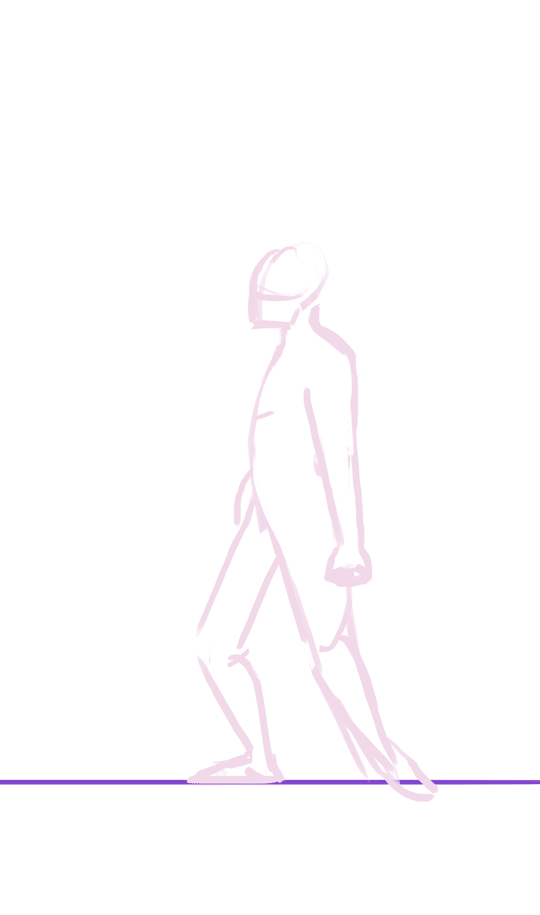
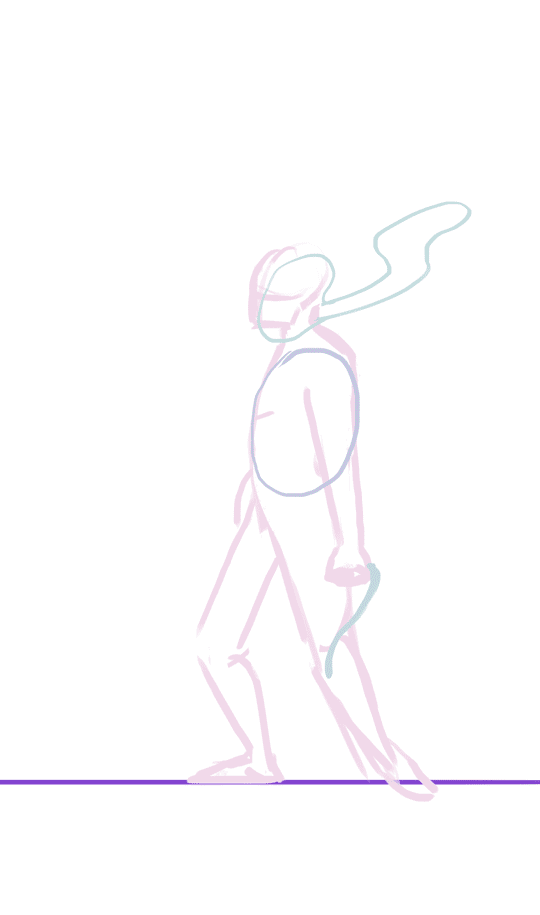

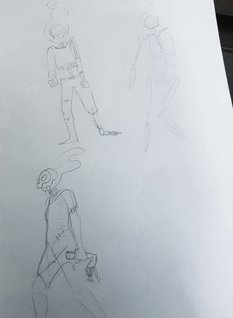
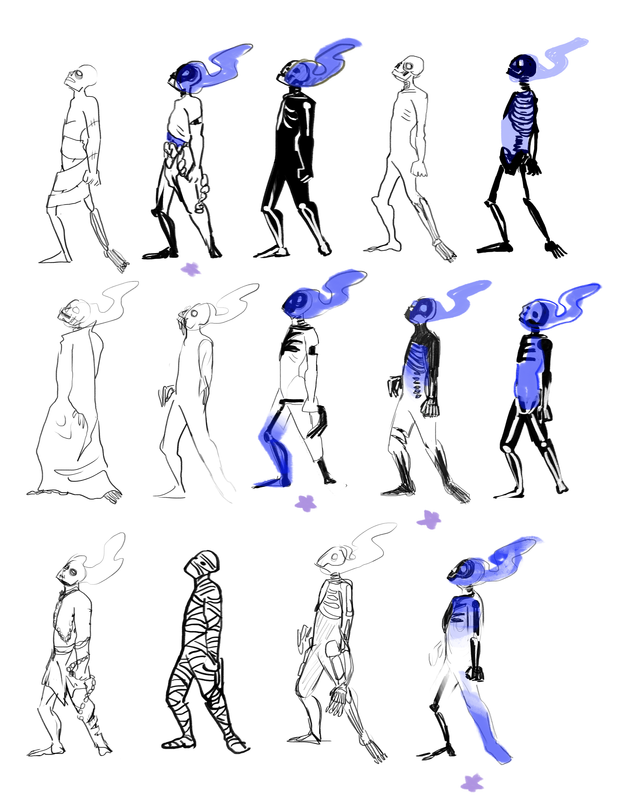
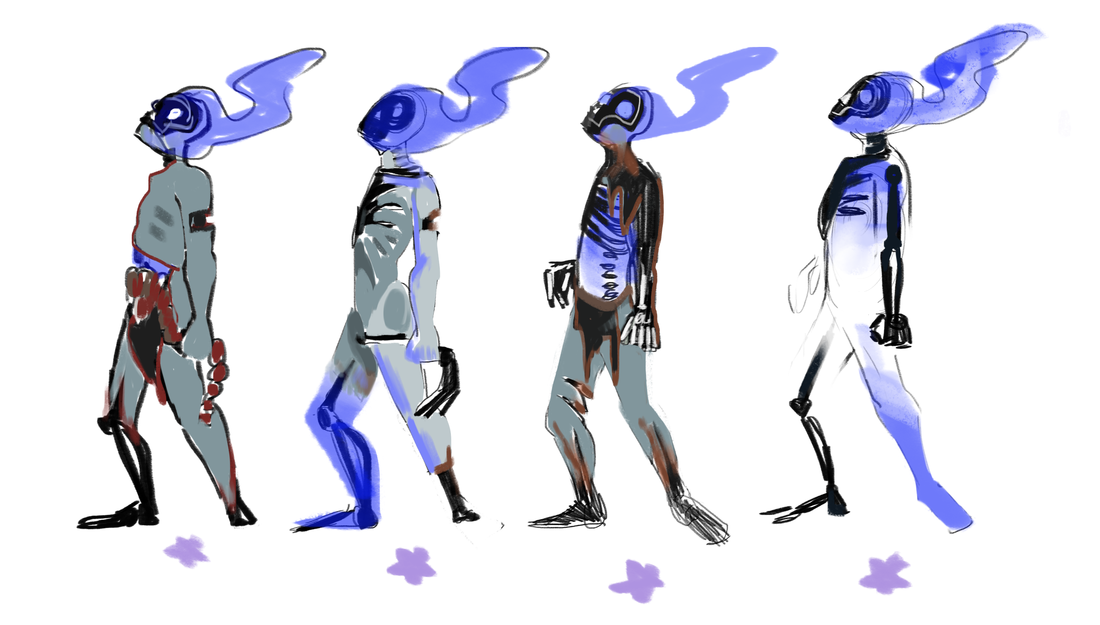
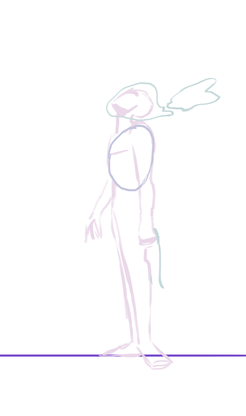
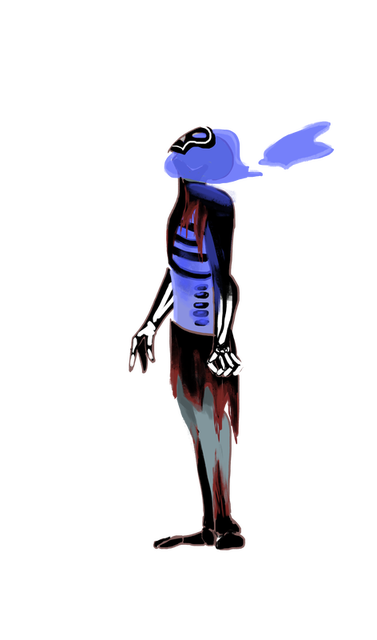

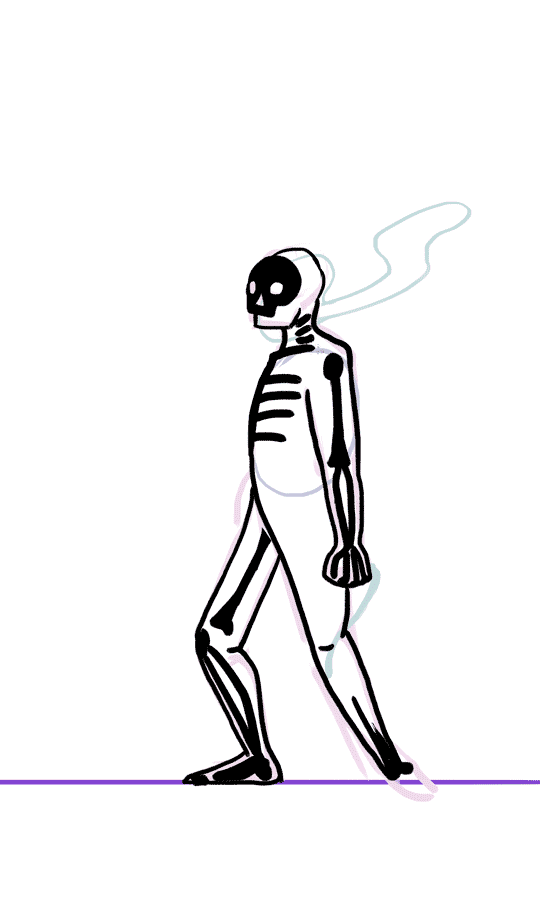
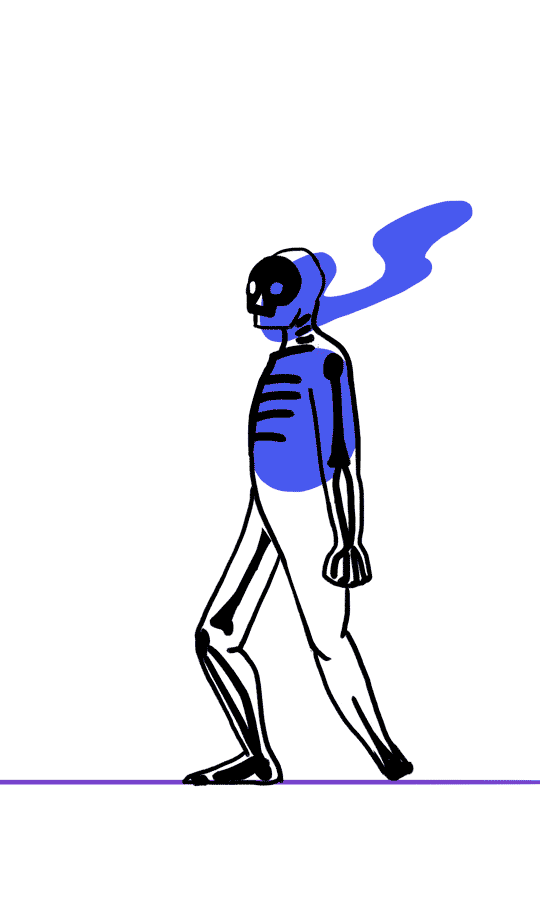
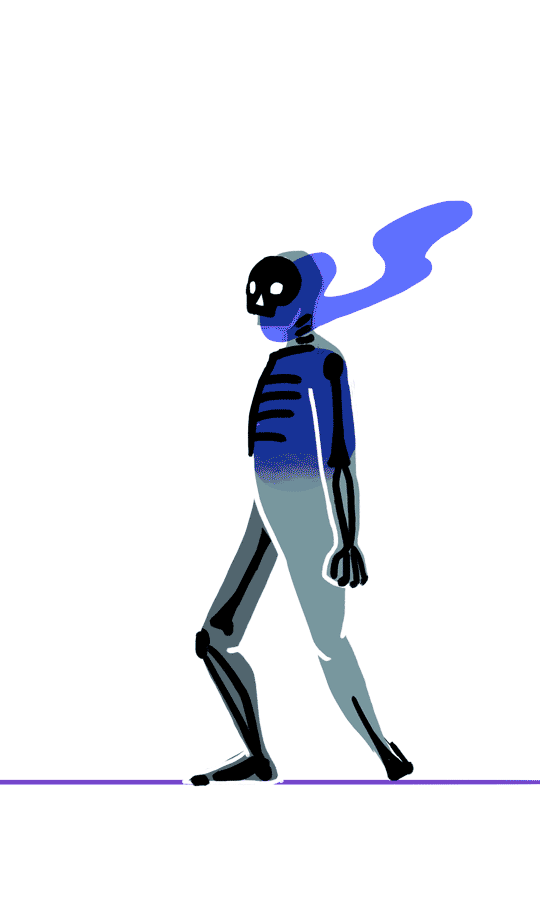

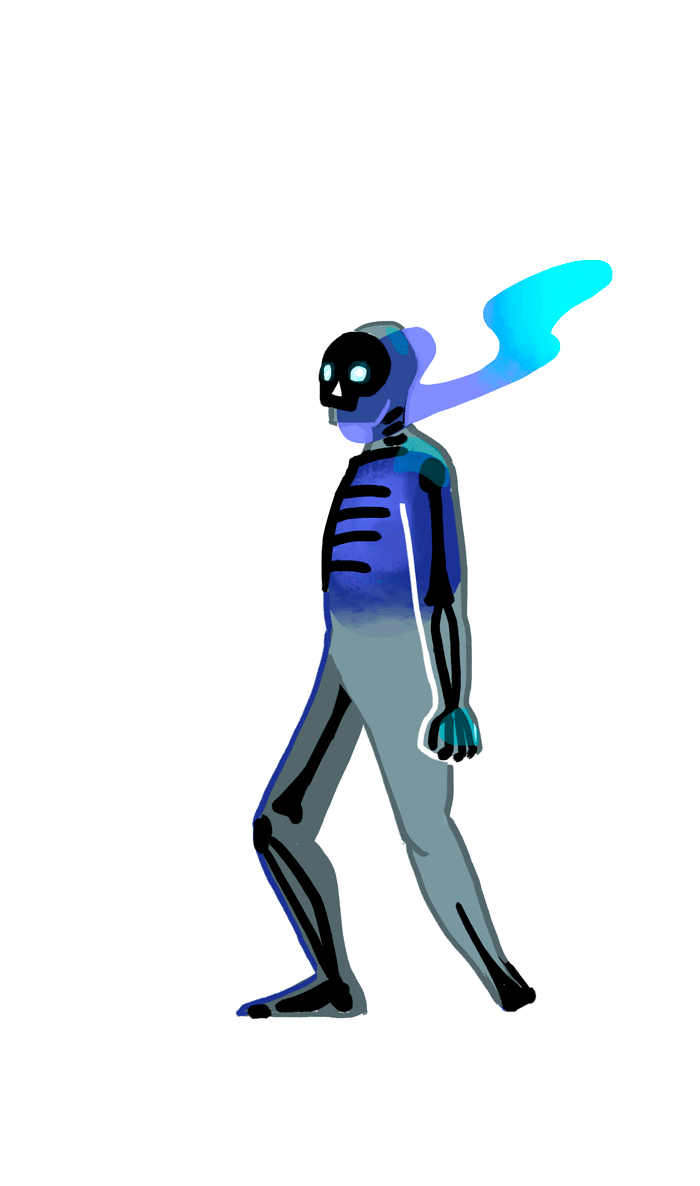
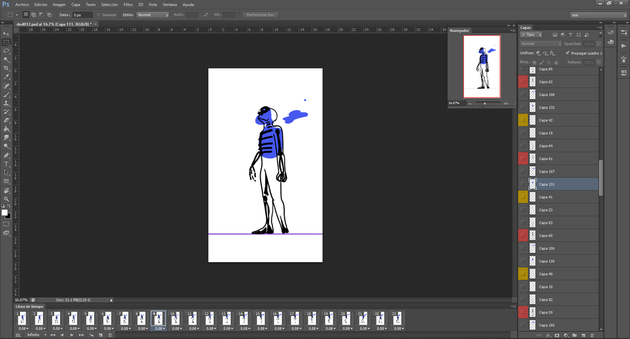
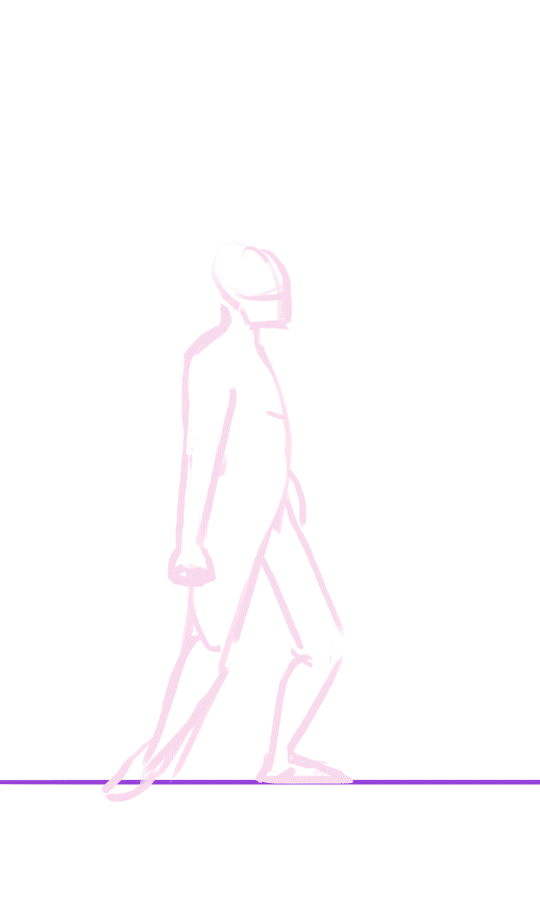
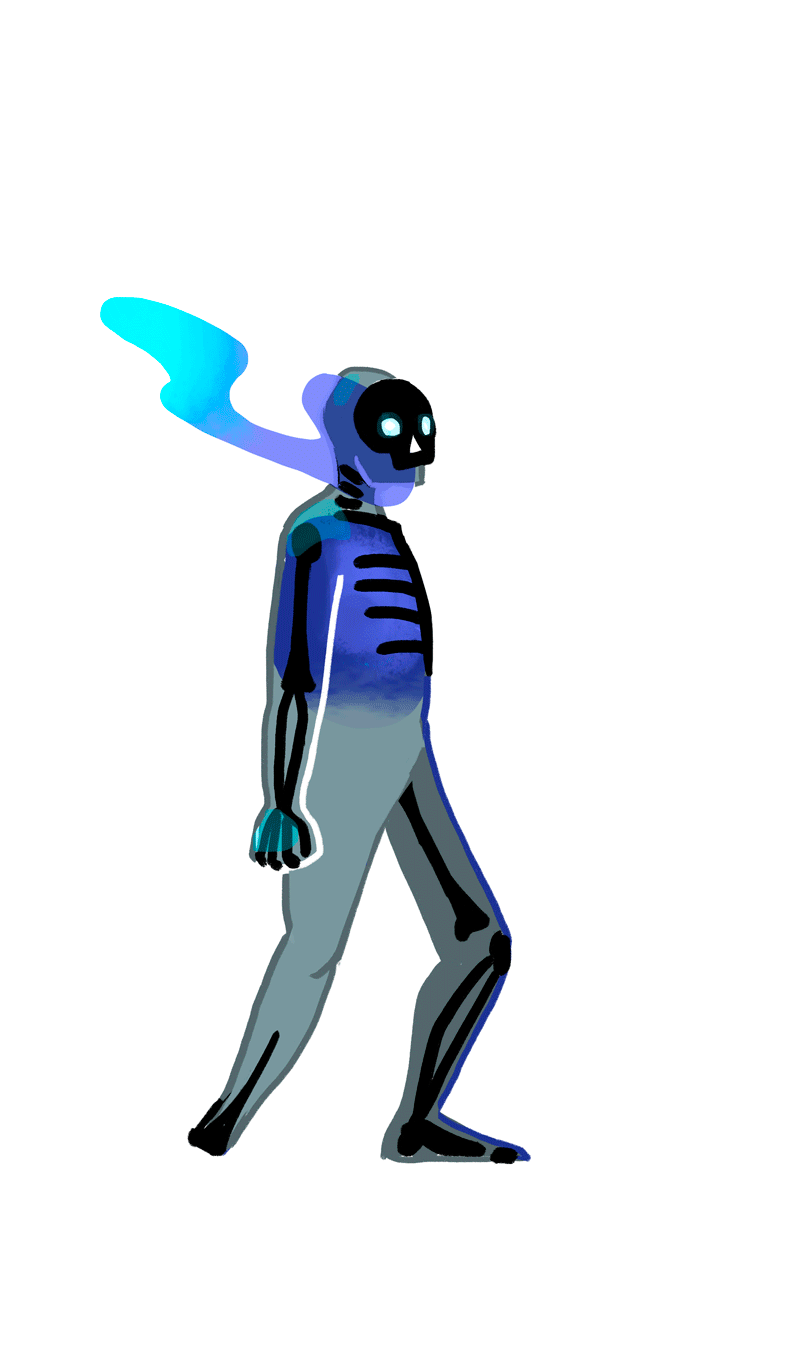

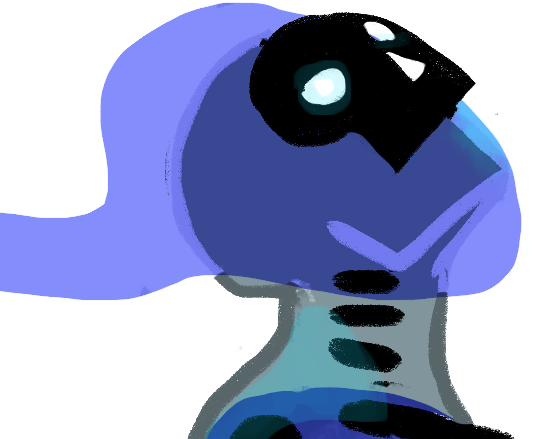
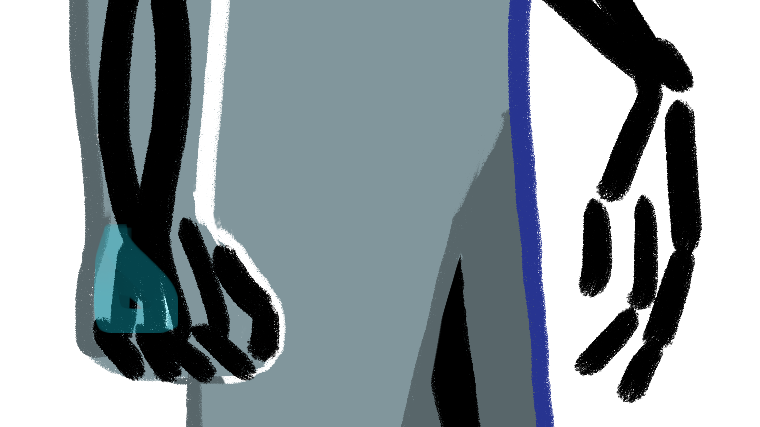

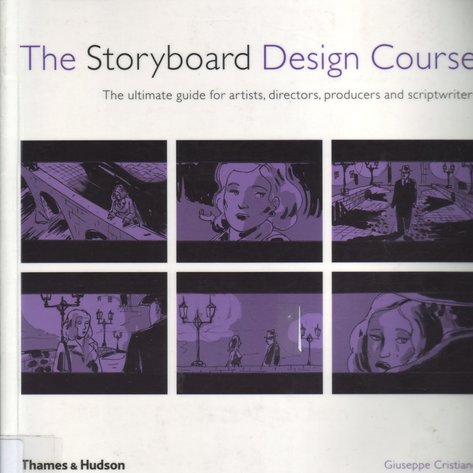
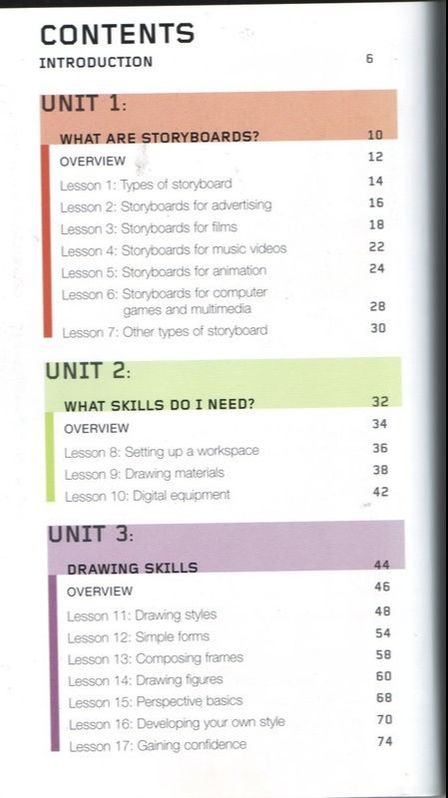
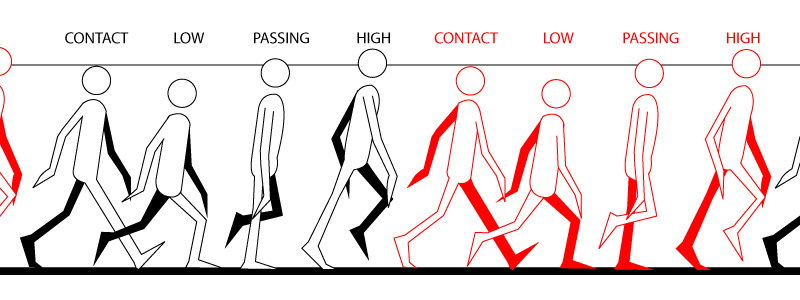
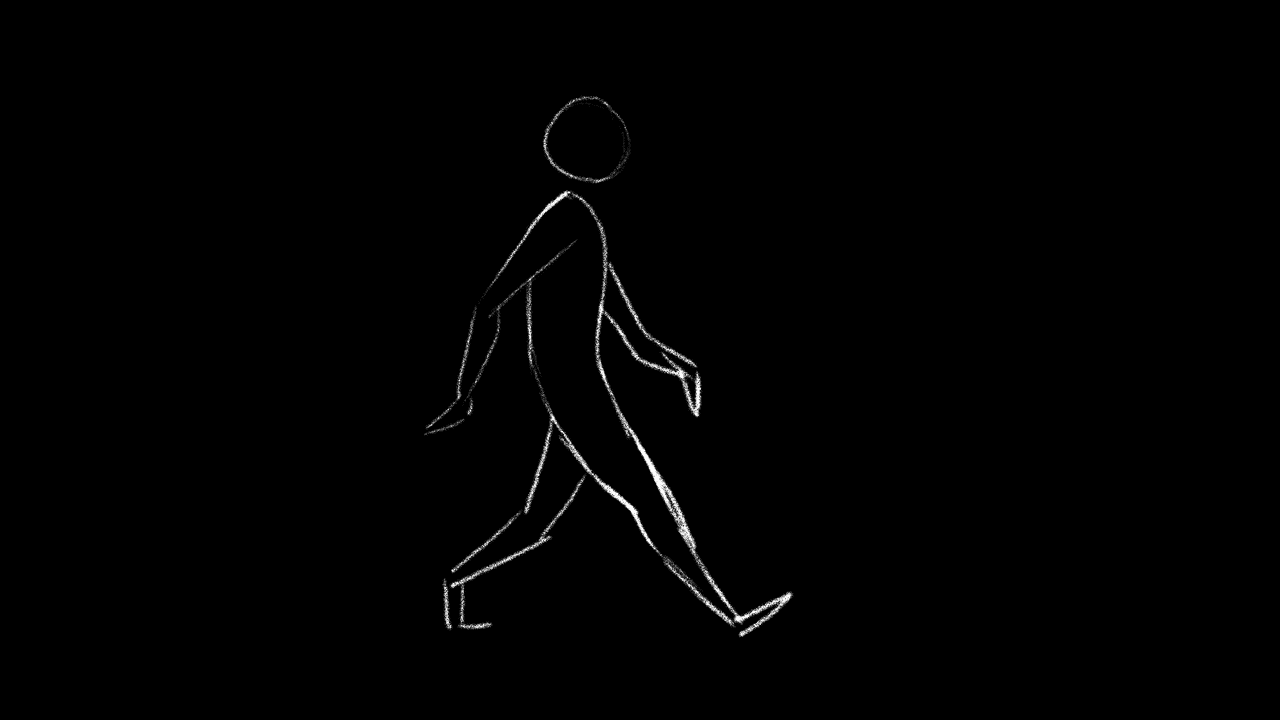
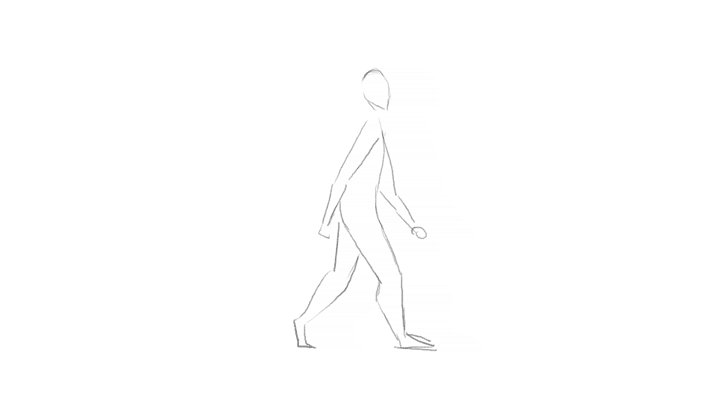
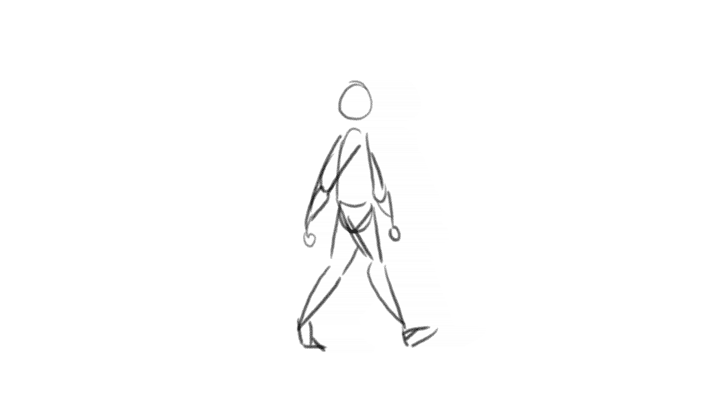
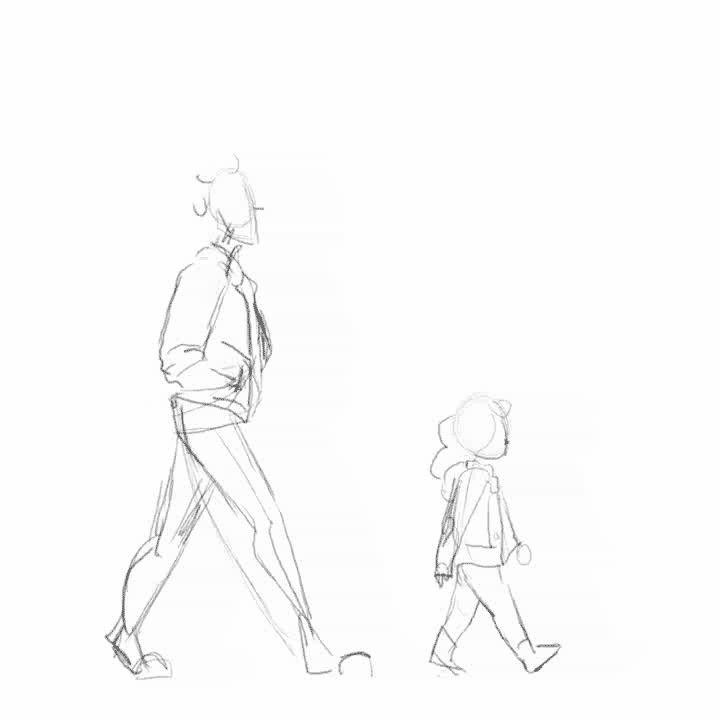

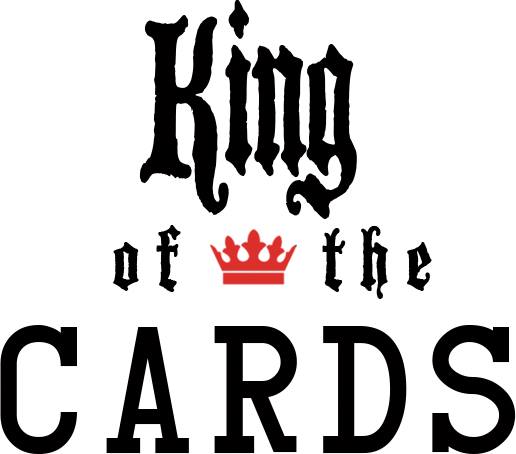
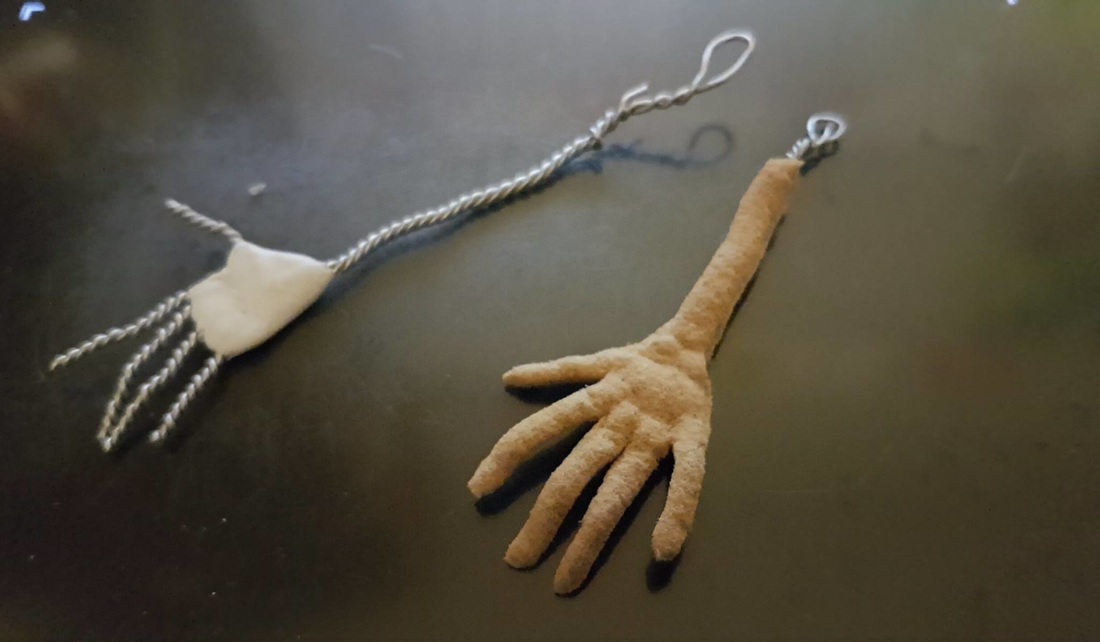
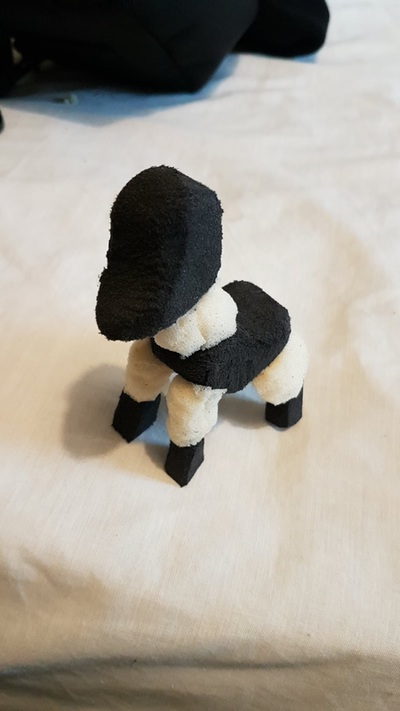
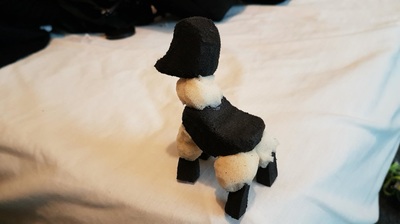
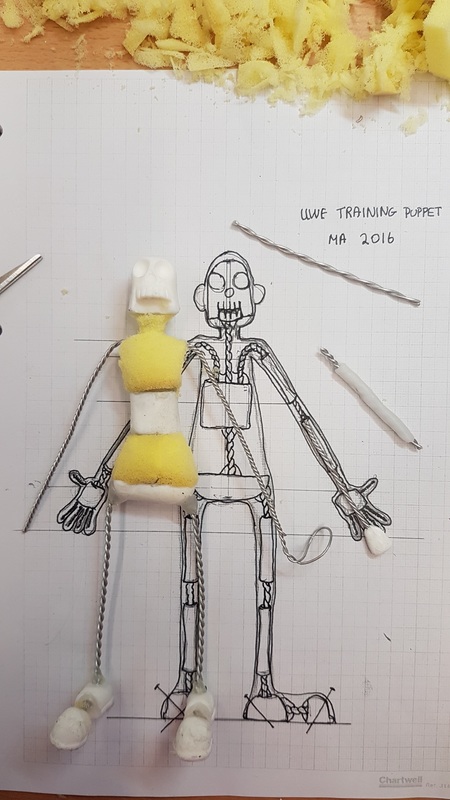
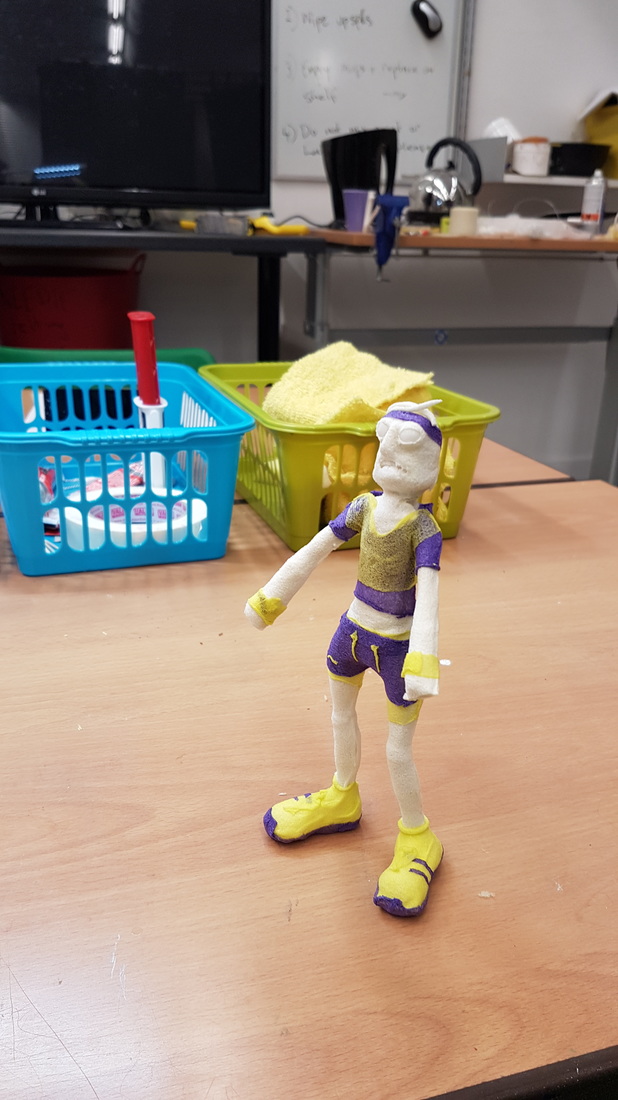
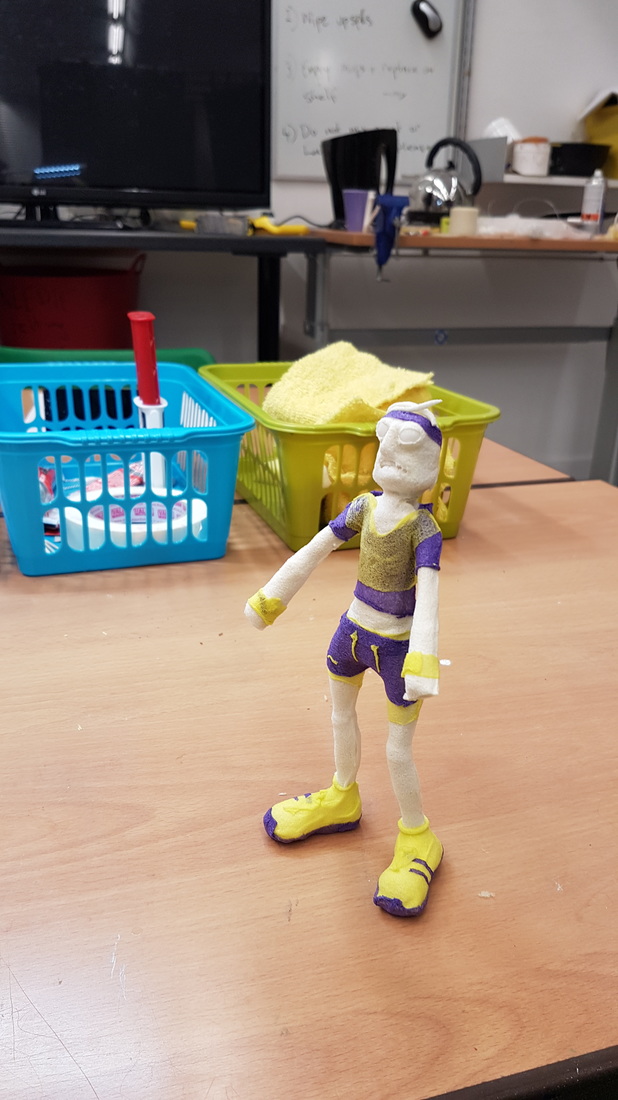
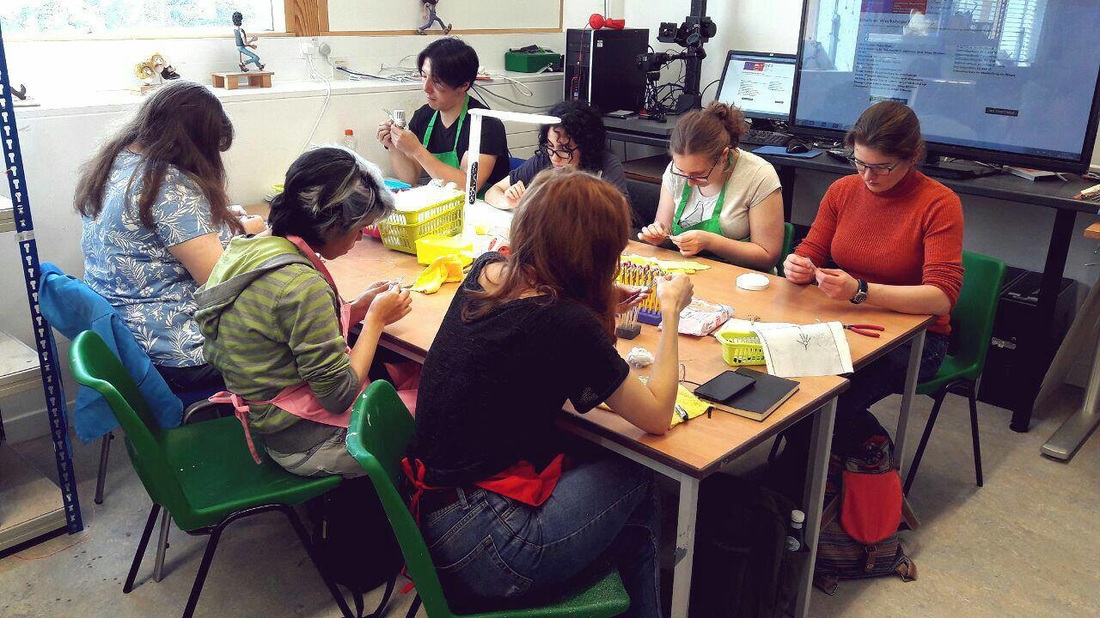
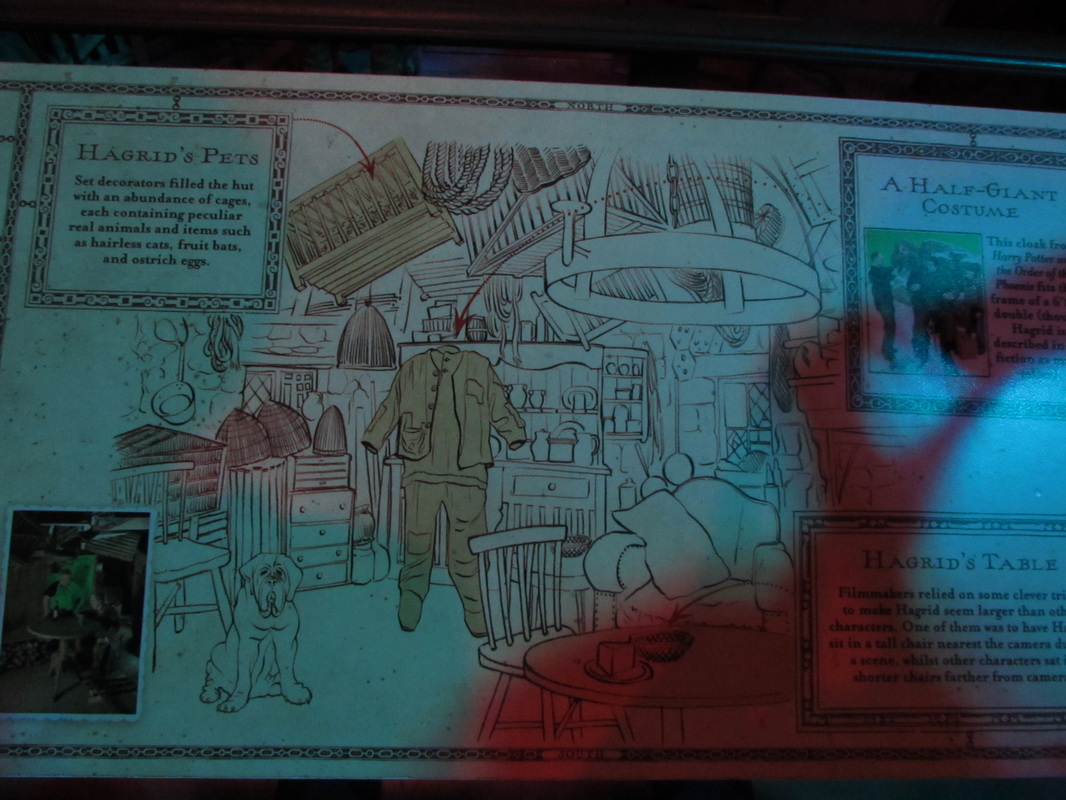
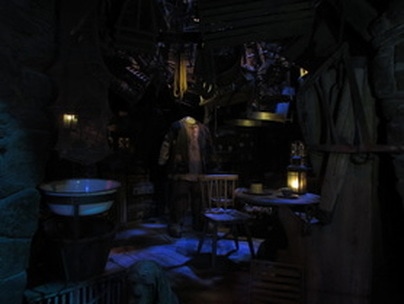
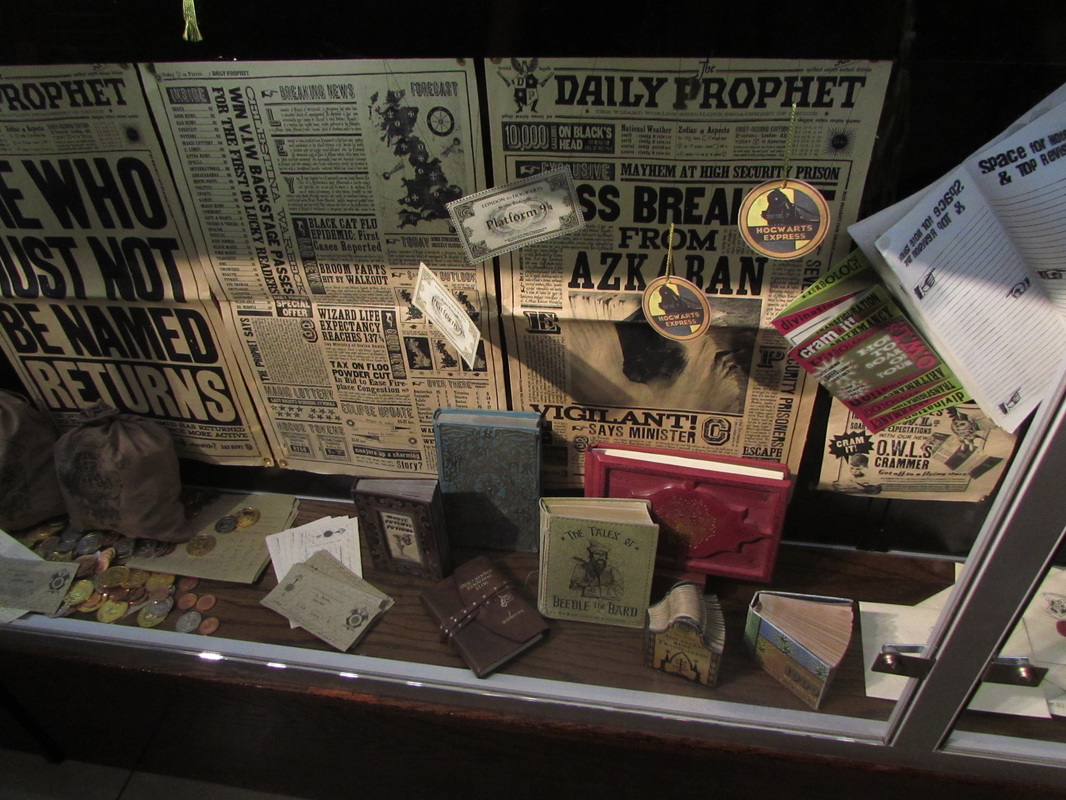
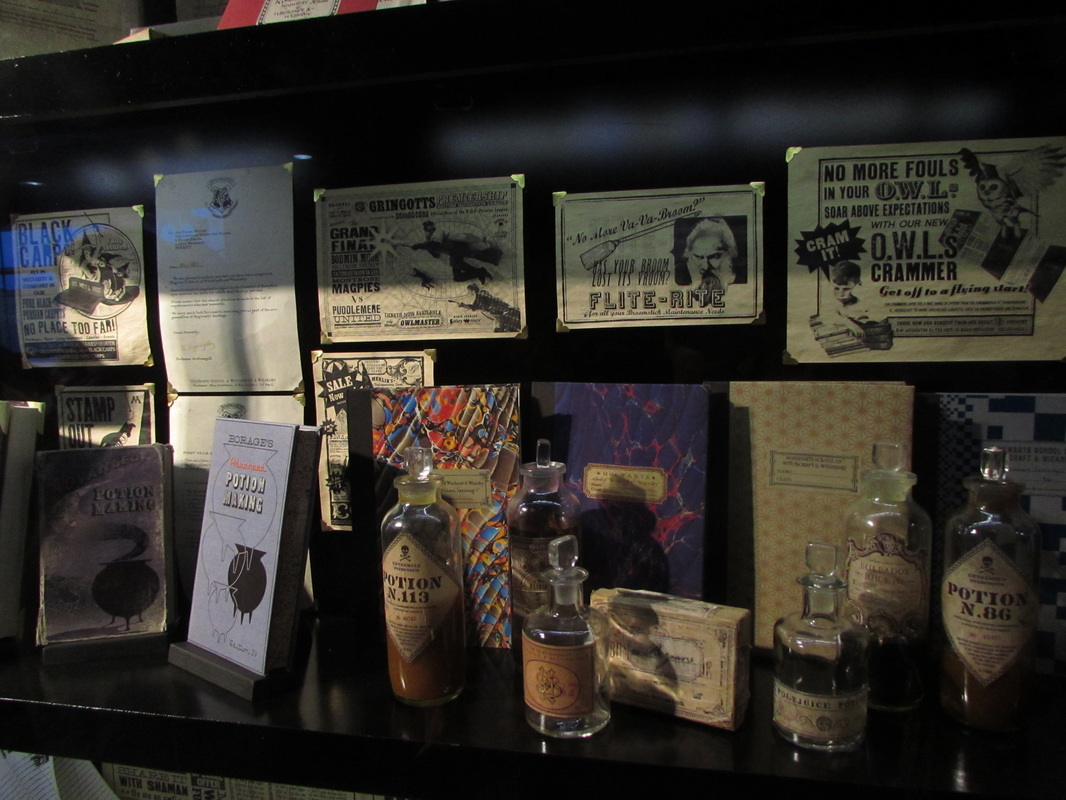
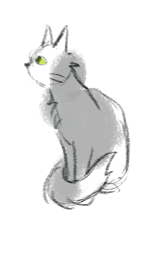
 RSS Feed
RSS Feed